
Fartøyets drift og vedlikehold skal ha som overordnet mål å sikre det som et varig kulturminne, slik at den kulturhistoriske verdien ikke blir forringet eller går tapt. The vessel usage and maintenance should have the primary objective of ensuring it's Cultural Heritage. So that the cultural-historical value is not degraded and kept preserved .

Restaurering skal skje etter prinsipper som klart ivaretar de opprinnelige kvaliteter ved fartøyet ut fra en nærmere dokumentert epoke i dets historie. Til grunn for alt istandsettingsarbeid på fartøy med vernestatus skal ligge en detaljert restaureringsplan som bygger på en historisk dokumentasjon av fartøyet. -Restoration should take place according to principles that clearly protect the original qualities of the vessel from a thoroughly documented era in its history. The basis for all restoration work on boats with protected status should be a detailed restoration plan for the boat build on historical research that's well documented.

Arbeidet skal være virkelighetstro, Det betyr at fartøyet i det ytre kommer til å fremstå som nettopp dette fartøyet eller denne fartøytypen har sett ut i en nærmere definert periode i dets historie. Motor- og andre tekniske installasjoner skal tilpasses slik at de forstyrrer fartøyets kulturhistoriske fortellerverdi minst mulig. -The work will be true to its origin, This means that the vessel will appear as just that vessel or the vessel type that is defined in a specific period in its history. Motor and other technical installations should only be changed so that they interfere in the least possible way with the vessel's historical origins.

Arbeidet skal være materialetro. Dette betyr at alt istandsettingsarbeid blir utført som kopi av de eksisterende løsninger, og det skal brukes materialer av samme type eller tilsvarende: Eik ikal erstattes av eik, bek og drev med bek og drev, messing skruer med "messing skruer, firkantmutter med firkantmutter osv. -The work will be true to its material. This means that all restoration work is a copy of the existing solutions, and to use materials of the same type or equivalent: Oak is replaced by oak, brass screws with brass screws etc.

Arbeidet skal være håndverkstro. Dette betyr at alle detaljer i skrog, innredning og rigg i størst mulig grad er utført med tidstypisk form, bearbeidelse og sluttbehandling. Utskiftede deler skal være eksakte kopier av de gamle og med de samme dimensjonene. -The work will be true to its craftsmanship. This means that all the details in the hull, interior and rig are made as far as possible to the specifications of the time . Replaced parts shall be exact copies of the old and with the same dimensions.

Restaurerte fartøy skal holdes forsvarlig ved like. Arbeidet skal utføres med tradisjonelle, håndverksmessige metoder og i størst mulig utstrekning med historisk korrekte matetrialer. Arbeidsteknikken skal harmonere med den perioden fartøyet representerer. Dette betyr at en hånd høvlet overflate ikke skal vedlikeholdes med elverktøy. Linoljemaling skal ikke overmales med plastmaling. Naturlige råvarer skall ikke byttes ut med kjemiske osv. -The restored vessel shall be reasonably the same. The work will be done with traditional, woodworking methods and in the greatest possible extent with historically accurate materials. Work technique's should harmonize with the period the vessel represents. This means that an originally hand-planed surface shall not be planed with power tools. Natural oil paint should not be painted over with chemical paint etc.
Det skal utarbeides en verne- og vedlikeholdsplan for fartøyet, der intensjoner og krav i -disse retningslinjer er nedfelt. Innholdet i planen skal godkjennes av Riksantikvaren eller et fartøyvernsenter. -There shall be established a protection and maintenance plan for the vessel, with the intentions and requirements specified in these plans. The contents of the plan shall be approved by the "Riksantikvaren " or a "fartøyvernsenter".
The General Conference of the United Nations Educational, Scientific and Cultural Organization meeting in Paris from 17 October to 21 November 1972, at its seventeenth session, Noting that the cultural heritage and the natural heritage are increasingly threatened with destruction not only by the traditional causes of decay, but also by changing social and economic conditions which aggravate the situation with even more formidable phenomena of damage or destruction, Considering that deterioration or disappearance of any item of the cultural or natural heritage constitutes a harmful impoverishment of the heritage of all the nations of the world, Considering that protection of this heritage at the national level often remains incomplete because of the scale of the resources which it requires and of the insufficient economic, scientific, and technological resources of the country where the property to be protected is situated, Recalling that the Constitution of the Organization provides that it will maintain, increase, and diffuse knowledge by assuring the conservation and protection of the world's heritage, and recommending to the nations concerned the necessary international conventions, Considering that the existing international conventions, recommendations and resolutions concerning cultural and natural property demonstrate the importance, for all the peoples of the world, of safeguarding this unique and irreplaceable property, to whatever people it may belong, Considering that parts of the cultural or natural heritage are of outstanding interest and therefore need to be preserved as part of the world heritage of mankind as a whole, Considering that, in view of the magnitude and gravity of the new dangers threatening them, it is incumbent on the international community as a whole to participate in the protection of the cultural and natural heritage of outstanding universal value, by the granting of collective assistance which, although not taking the place of action by the State concerned, will serve as an efficient complement thereto, Considering that it is essential for this purpose to adopt new provisions in the form of a convention establishing an effective system of collective protection of the cultural and natural heritage of outstanding universal value, organized on a permanent basis and in accordance with modern scientific methods,
Article 5 To ensure that effective and active measures are taken for the protection, conservation and presentation of the cultural and natural heritage situated on its territory, each State Party to this Convention shall endeavor, in so far as possible, and as appropriate for each country: (a) to adopt a general policy which aims to give the cultural and natural heritage a function in the life of the community and to integrate the protection of that heritage into comprehensive planning programmes; (b) to set up within its territories, where such services do not exist, one or more services for the protection, conservation and presentation of the cultural and natural heritage with an appropriate staff and possessing the means to discharge their functions; (c) to develop scientific and technical studies and research and to work out such operating methods as will make the State capable of counteracting the dangers that threaten its cultural or natural heritage; (d) to take the appropriate legal, scientific, technical, administrative and financial measures necessary for the identification, protection, conservation, presentation and rehabilitation of this heritage; and Article 27
1. The States Parties to this Convention shall endeavor by all appropriate means, and in particular by educational and information programmes, to strengthen appreciation and respect by their peoples of the cultural and natural heritage defined in Articles 1 and 2 of the Convention.


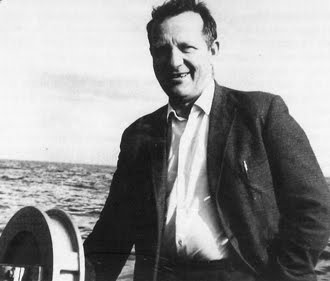




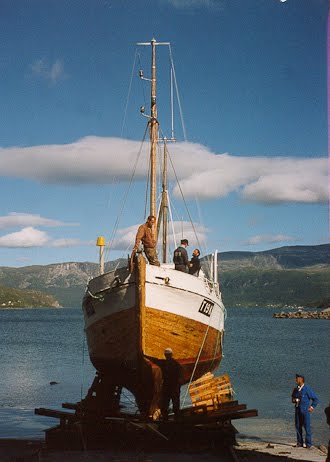
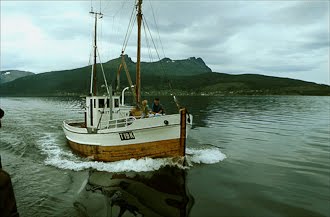
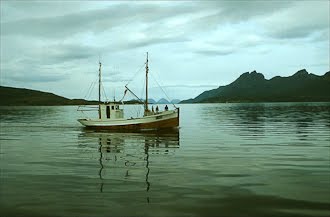
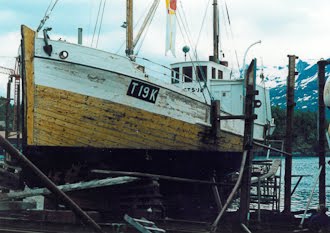
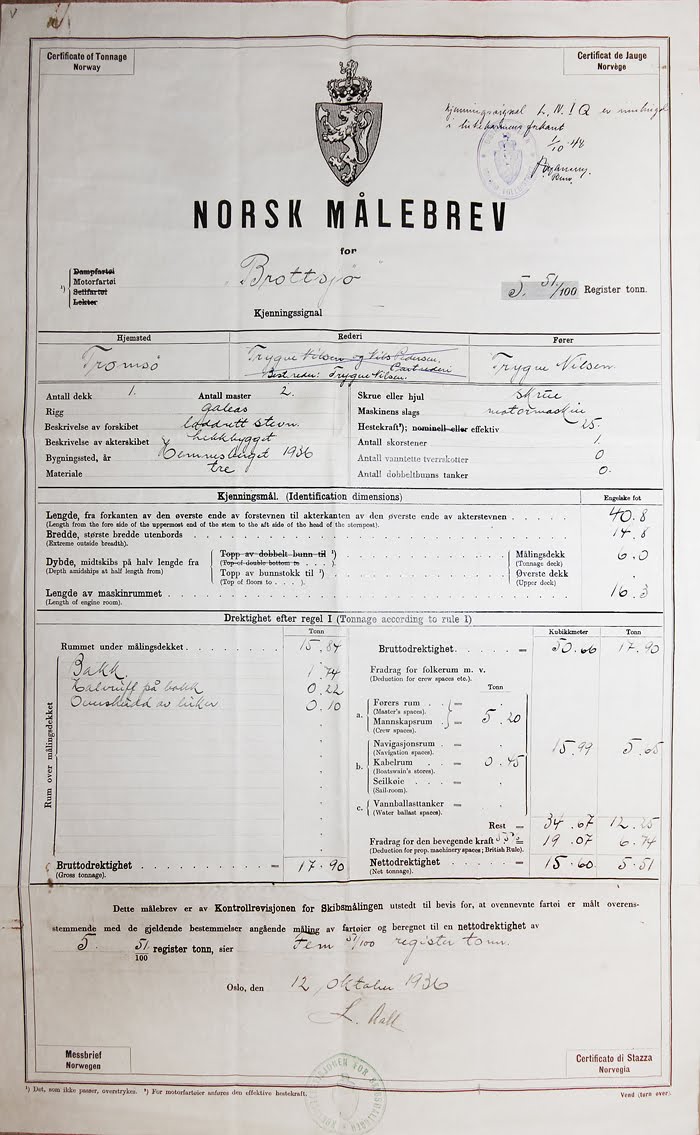
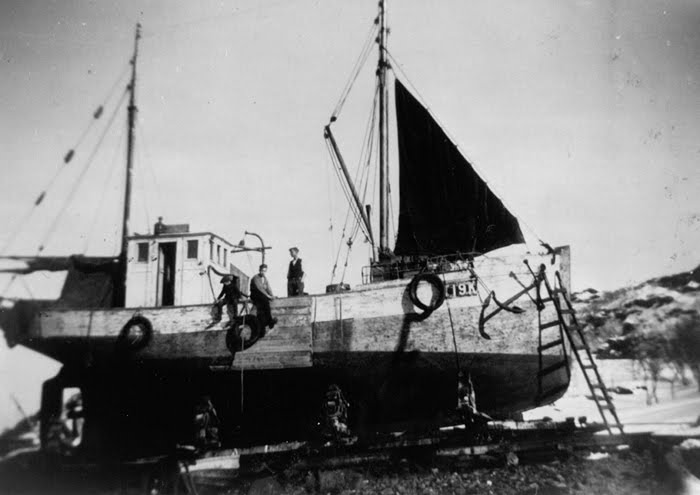
No comments:
Post a Comment